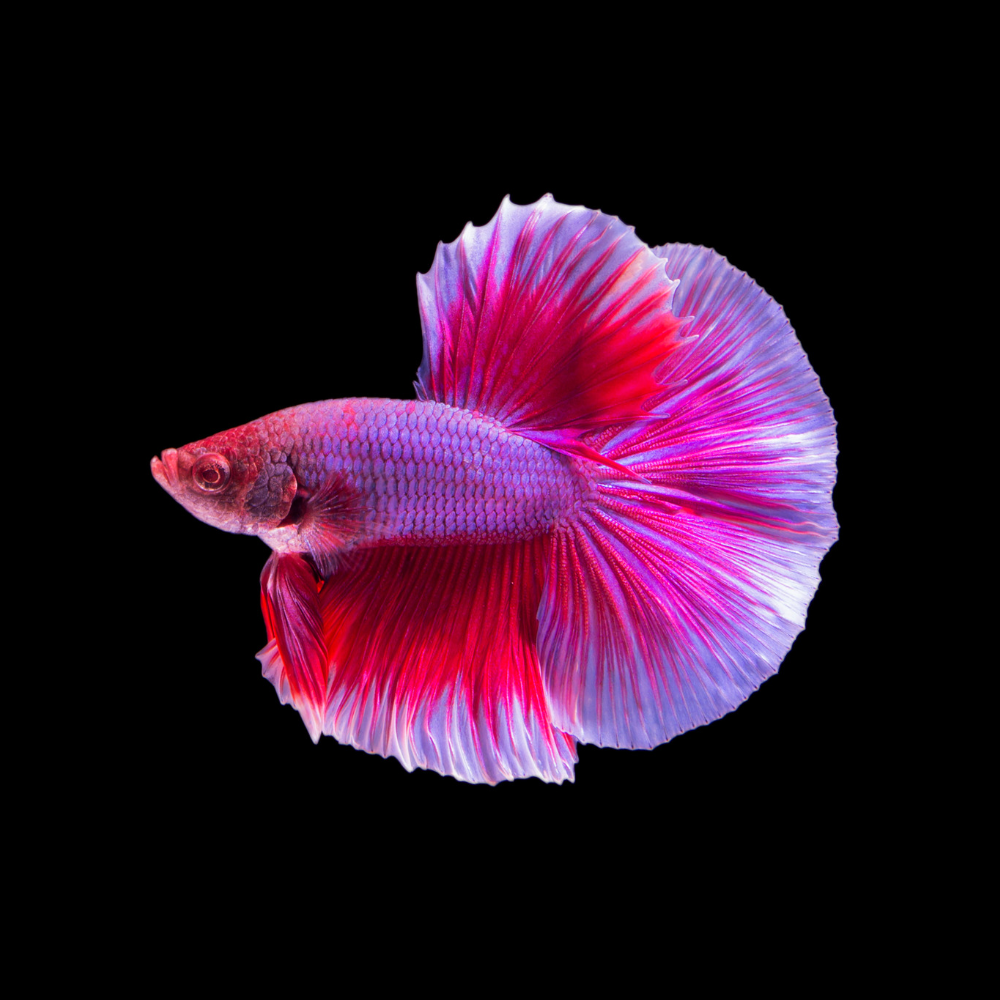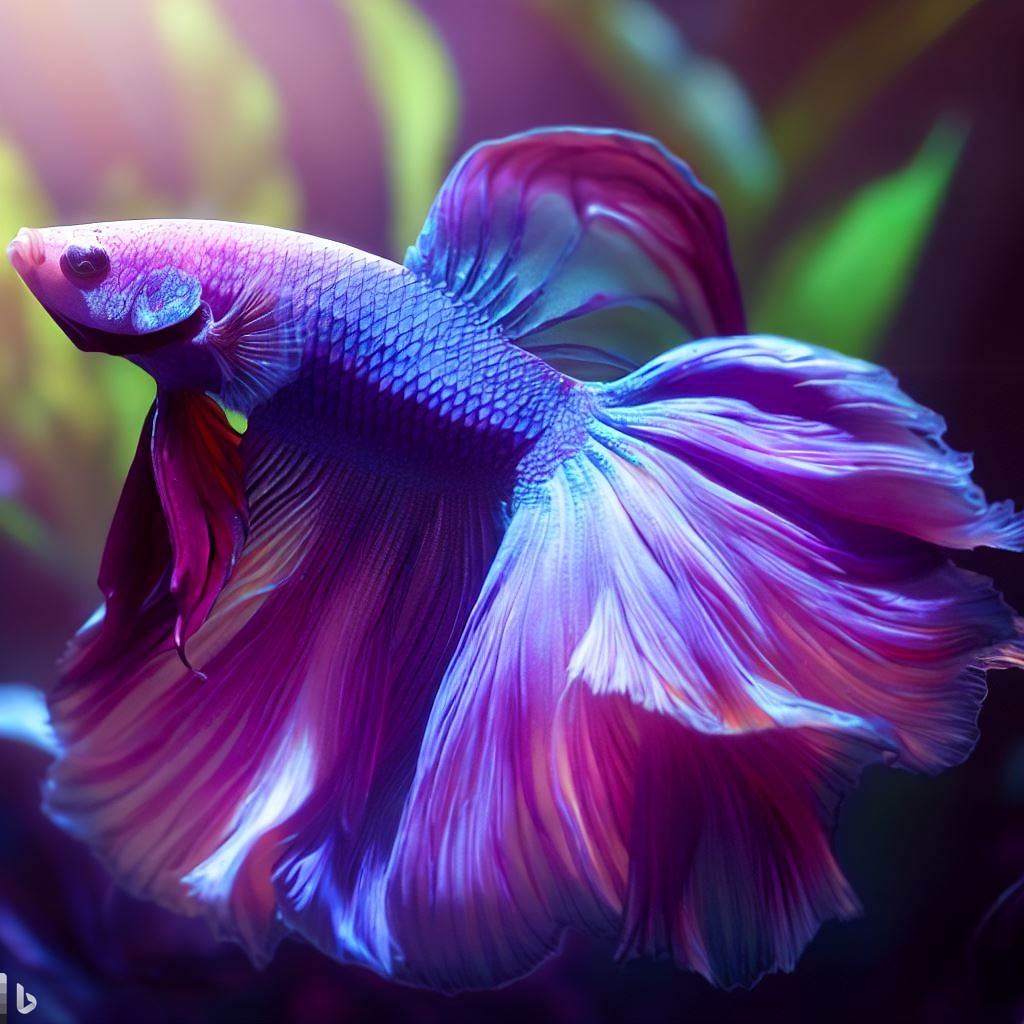Betta Fish Tank Configuration: A Step-by-Step Guide for Beginners
Betta Fish Tank Configuration: A Step-by-Step Guide for Beginners
Blog Article
Just How to Reproduce Betta Fish Successfully: Specialist Methods and Insights for Hobbyists Wanting To Increase Their Betta Collection
Breeding Betta fish requires a nuanced understanding of genetics and ecological conditions, making it important for enthusiasts to come close to the process with both persistance and care. Developing an optimal reproduction environment, picking the ideal sets, and observing the intricacies of their courtship habits are foundational actions that can considerably influence the outcome. In addition, the subsequent treatment of the fry is critical for guaranteeing their healthy and balanced development. As we explore these crucial parts, it becomes clear that effective breeding is not nearly the preliminary pairing yet incorporates a wider method that merits cautious factor to consider.
Comprehending Betta Fish Genetics
Comprehending the genes of Betta fish is important for effective reproduction, as it affects characteristics such as color, fin form, and behavior. Betta fish exhibit a varied array of colors and patterns, greatly determined by their genetic makeup. The main genetics accountable for coloration include the "B" gene for blue, "D" gene for red, and the "C" genetics for color intensity. Dog breeders can manipulate these qualities by picking certain moms and dad fish that display preferred qualities.
In addition to pigmentation, fin morphology is another significant facet of Betta genes (betta fish). The sizes and shape of fins are affected by different genes, including those that determine whether the fins are brief, long, or veil-shaped. Comprehending these genetic variations aids breeders forecast the phenotypic end results of their offspring
Moreover, behavior characteristics such as aggression and territoriality can additionally be influenced by genes. These habits play a vital duty in the breeding process, as they can impact generating success and the general temperament of the resulting fry. By comprehensively comprehending these genetic concepts, breeders can make informed choices, eventually enhancing their reproduction programs and achieving desirable outcomes.
Preparing the Reproduction Setting
Developing an optimal breeding environment is crucial for the effective recreation of Betta fish. The first step in preparing this atmosphere is to pick an appropriate reproduction tank, ideally varying from 5 to 10 gallons.
Following, take into consideration using a sponge filter or an air stone to offer gentle water blood circulation without developing solid currents that can stress the fish. It is important to set up plants or reproducing cones to supply concealing places and promote comfort for the woman throughout the spawning procedure. Drifting plants, such as Java moss or water sprite, can likewise develop an extra native environment while facilitating bubble nest building by the man.
Prior to introducing the breeding sets, make sure the water is conditioned and devoid of hazardous chemicals, such as chlorine or hefty steels. betta fish. Normal water adjustments should be performed to keep optimum water top quality, boosting the opportunities of successful reproduction. With these prep work in location, the breeding setting will support the health and well-being of both Betta fish
Picking Reproduction Pairs
Selecting the best breeding sets is vital for achieving successful Betta fish reproduction. Healthy and balanced Betta fish display vibrant shades, clear eyes, and energetic habits.
Temperament is an additional essential factor to consider, as Betta fish are understood for their hostile nature. It is a good idea to pick a man and woman that exhibit compatible temperaments to minimize stress throughout the reproducing process. A tranquil male can motivate a smoother courtship, while a female that is too aggressive may interfere with the process.
Genetic background additionally plays a substantial role in the high quality of the spawn. Breeding fish that are genetically diverse can reduce the danger of genetic health and wellness concerns and enhance the general vitality of the fry. It is helpful to research the lineage of both the man and lady, focusing on preferable qualities such as fin type, color scheme, and dimension.
The Breeding Process
The reproduction procedure of Betta fish needs mindful planning and interest to information to ensure a successful result. It is crucial to prepare an ideal reproduction container, ideally a 5-10 gallon aquarium with a temperature maintained at 78-80 ° F. The storage tank ought to be furnished with a heating system, filter (preferably sponge type to stay clear of solid currents), and lots of marine plants for the lady to conceal.
As soon as the setting is established, present the picked reproducing set to the container, permitting them to adapt. Observe their behavior; the man will certainly present intricate courtship routines, consisting of flaring his fins and constructing a bubble nest. If the lady reveals passion, she will certainly show vertical red stripes showing preparedness for spawning.
When the female is responsive, the set will involve in a breeding accept, throughout which the male feeds the eggs. Preserving optimum water conditions during this duration is vital for the advancement of healthy and balanced Betta fry.
Taking Care Of Betta Fry

Feeding Betta fry is vital, as they call for a diet high in healthy protein. Initially, they can be fed infusoria or liquid fry food, transitioning to finely crushed high-quality pellets see as they grow. Feed tiny portions multiple times a day to encourage healthy and balanced development without straining the container with leftover food.

As they mature, check their growth carefully and separate any type of aggressive individuals to avoid damage. By giving a supporting environment and proper nutrition, hobbyists can successfully raise Betta fry right into lively, healthy and balanced fish, inevitably improving their reproduction endeavors.
Final Thought
Effective Betta fish breeding needs thorough interest to hereditary option, environmental problems, and treatment for the fry. By comprehending the genes of Betta fish and preparing a suitable reproduction environment, hobbyists can improve the chances of creating lively, healthy and balanced children. Picking compatible breeding sets and very closely keeping an eye on the courtship and generating processes are crucial. Finally, supplying optimal look after the fry ensures their healthy and balanced growth, contributing to a click to find out more growing Betta collection.
Report this page